Rolex
The Timeless of the Replica Rolex 16710 GMT-Master II
The Rolex 16710 GMT-Master II is a symbol of horological excellence, merging functionality with classic design. This review delves into the replica watch’s rich history, distinctive features, and lasting appeal in the luxury watch market. Whether you’re a seasoned collector or a first-time buyer, this analysis will help you appreciate the value of this iconic Rolex model.
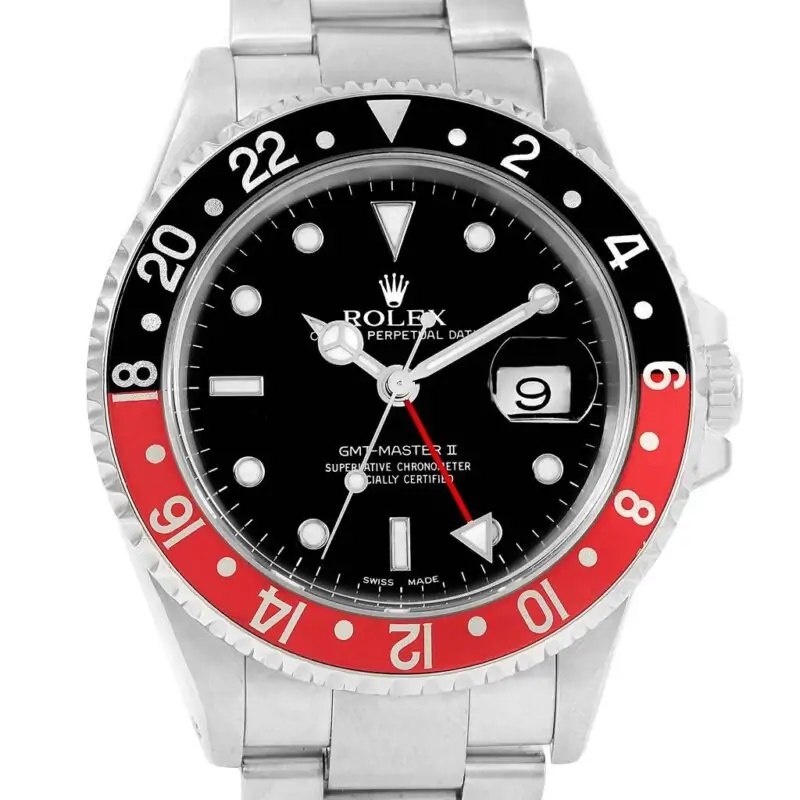
A Brief History of the Rolex GMT-Master II 16710
The GMT-Master series originated in the golden age of commercial aviation. In 1954, Rolex collaborated with Pan American Airways to create the original GMT-Master, designed to meet the demands of intercontinental pilots. This innovative watch allowed for the simultaneous reading of two time zones, revolutionizing timekeeping for travelers.
Introduced in 1989, the ref. 16710 marked a significant advancement in the GMT-Master II lineage. It succeeded the short-lived ref. 16760, affectionately dubbed the “Rolex Fat Lady” due to its thicker case. The 16710 returned to a sleeker profile, incorporating modern enhancements.
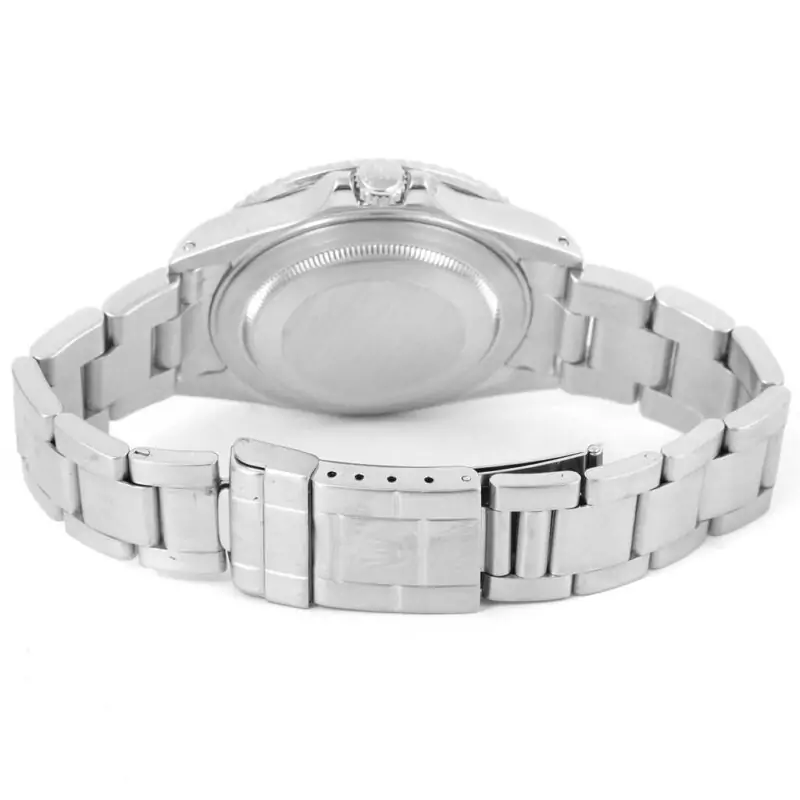
The Rolex GMT-Master II 16710 is a masterpiece of form and function, with features that have solidified its status among enthusiasts and collectors.
Case and Bezel
The 16710 features a classic 40mm stainless steel case that balances presence with wearability. Its Oyster construction ensures durability and water resistance, hallmarks of Rolex sport watches. The polished surfaces and refined lines radiate understated luxury, suitable for both formal and casual settings.
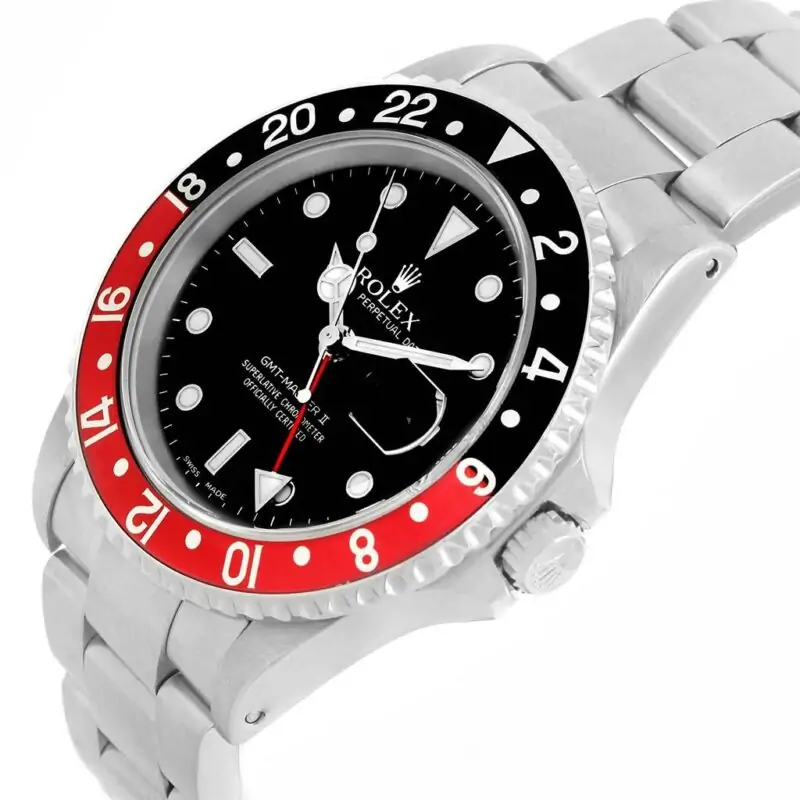
The most notable feature of the 16710 is its aluminum bezel insert. Available in three iconic color combinations – the red and blue “Pepsi,” the red and black “Coke,” and a versatile all-black option – these bezels offer collectors a range of choices. While the aluminum insert is less scratch-resistant than modern ceramic versions, it develops a unique patina over time, narrating the watch’s journey.
Movement
At its core, the 16710 houses a robust movement. Early models were equipped with the Caliber 3185, which was later replaced by the Caliber 3186 in the mid-2000s. Both movements provide exceptional accuracy and reliability, reflecting Rolex’s commitment to precision.
The Caliber 3185 and 3186 are self-winding mechanical movements with a power reserve of about 50 hours. They feature replica Rolex’s Parachrom bleu hairspring, enhancing resistance to shocks and temperature variations. The 3186 boasts an improved hairspring design for even better stability.
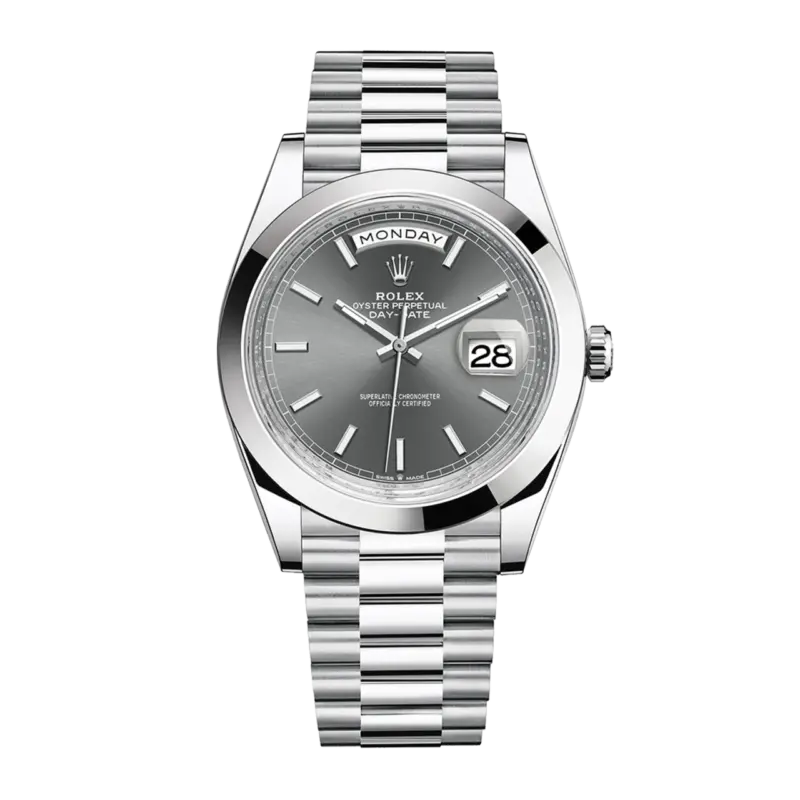
Dial and Hands
The dial exemplifies Rolex’s philosophy of prioritizing function without sacrificing aesthetics. Its clean layout ensures excellent legibility, while the gloss black backdrop enhances the luminous hour markers and hands for visibility in all lighting conditions.
Over its production, the 16710 transitioned from tritium to Super-LumiNova luminescent elements, improving visibility in low light and eliminating the patina of earlier tritium dials. The watch showcases Rolex’s iconic Mercedes hands, with a distinctive arrow-tipped hand for the GMT function.
Bracelet and Clasp
Typically fitted with copy Rolex’s robust Oyster bracelet, the 16710 features a three-piece link design known for comfort and durability. Early models had hollow end links, which were later upgraded to solid end links for enhanced stability.
The bracelet is secured by Rolex’s Oysterlock clasp, ensuring a secure fit. Some later models included the Easylink comfort extension system, allowing for quick adjustments to accommodate wrist size fluctuations.
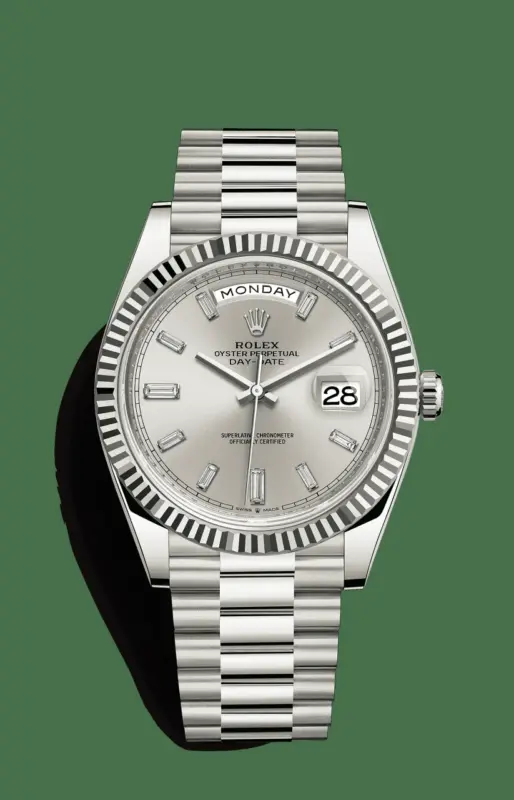
Water Resistance
With a water resistance rating of 100 meters (330 feet), the 16710 is well-suited for everyday use. While it may not reach the depths of Rolex’s dedicated dive watches, it offers ample protection for swimming and snorkeling, reinforcing its versatility as a “go-anywhere” watch.
Variations and Collectibility
The Rolex GMT-Master II 16710 presents an array of variations that enhance its appeal among collectors. The “Pepsi” bezel pays homage to the original GMT-Master, while the “Coke” offers a sportier look. The all-black version appeals to those who prefer a more subtle aesthetic.
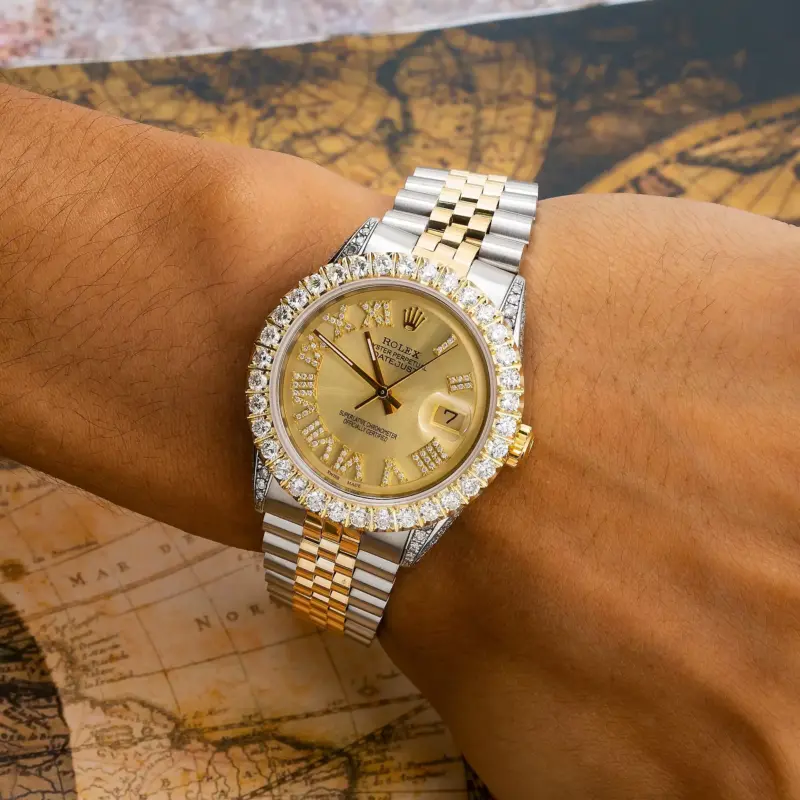
One notable transition in the 16710’s production was the shift from tritium to Super-LumiNova luminescent elements. Early tritium dial models are particularly sought after as they develop unique patina over time. Collectors also prize rare variants, including “error” dials with misaligned coronets and models fitted with jubilee bracelets.
Market Value and Trends
The Rolex GMT-Master II 16710 has become highly sought after among collectors, with its blend of classic design and practical functionality making it a staple in the secondary market.
Factors Influencing Value
Value varies based on condition, bezel type, and the presence of original boxes and papers. Well-preserved examples command premium prices, while “Pepsi” variants are particularly valuable due to their iconic status.
Comparisons with Other Models
The 16710 occupies a unique position within Rolex’s multi-time zone watches. Compared to its predecessor, the 1675, the 16710 represents a significant technological improvement with its independently adjustable hour hand.
When compared to modern replica Rolex GMT-Master II models, the 16710 retains a vintage aesthetic, while its aluminum bezel develops character over time. Although it lacks some modern refinements, many enthusiasts appreciate the 16710’s classic proportions and timeless charm.

The Rolex GMT-Master II 16710 is a testament to Rolex’s commitment to precision, durability, and timeless design. Its blend of classic aesthetics and practical functionality captivates watch enthusiasts and collectors alike. As the watch market evolves, the 16710’s status as a collectible only seems to strengthen, ensuring its relevance in any watch collection.

